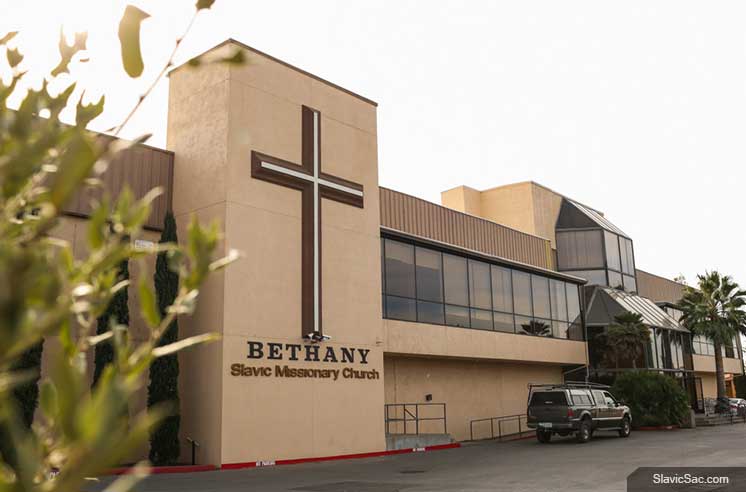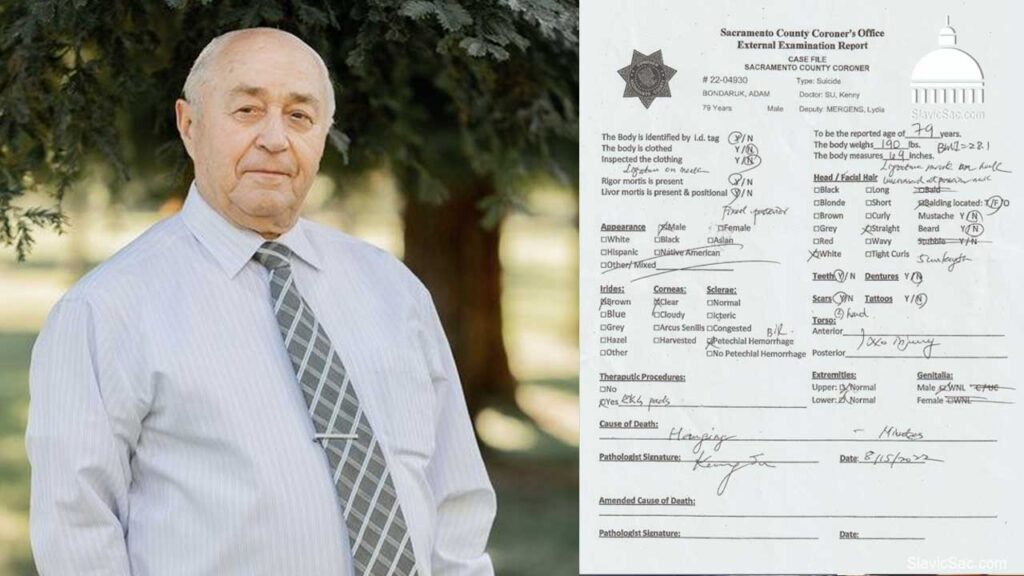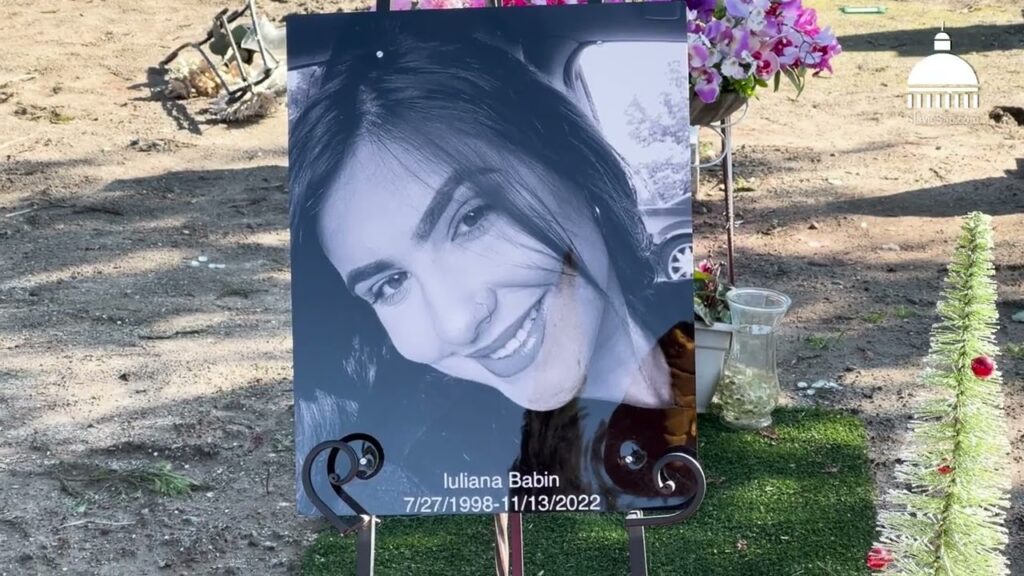Russians and Ukrainians have long been present in the Sacramento region. We call them the Sacramento diaspora. Today they number approximately 80,000. In which regions are the majority of Slavs concentrated? Why do they prefer to settle there in particular? Authors of a joint study from the University of California and “Slavic Sacramento” attempt to answer this question.
This study will try to answer the following question: why did this ethnic group choose Sacramento, and how has the group’s distribution changed since 1990? In the course of this study, census data from Brown University was processed that contains information about Sacramento’s Russian population from 1990 onwards. US census data from 1990 and 2010 was also mapped. Information on Russian churches in Sacramento County was obtained from the city library, phone books, and from experts on the Russian ethnic group.
First wave of immigration to Sacramento
The first wave of immigration from Russia to this region was comparatively small according to the authors of the joint study. This was a so-called “white emigration” of people who were escaping the Russian Empire and Soviet Union, but many people also arrived in the US after the fall of the Soviet Union in the early 1990s. This “third wave” comprises the majority of Sacramento’s Russian-speaking population.
According to rough estimates, about 80,000 Russians and Ukrainians live in this region. This figure is most likely an underestimation, seeing as experts have pointed out that many people have Russian or Ukrainian roots. Another aspect worth noting about the diaspora in Sacramento is that its Slavic community can be characterized as primarily non-urban, which is indicated by their choice of residence.
As the authors of this study note, amongst the diaspora special significance is given to the Russian as well as Ukrainian population and to Slavic churches. Within the framework of this study, experts examined the most densely populated areas of residence of Russians and Ukrainians in the region. The residential area of Slavs covers a large part of the northern half of Sacramento County including Citrus Heights, North Highlands, Fair Oaks, Northern Natomas, Arden Arcade, and Carmichael.
This ethnic group chose these regions as a result of historical influence, such as the availability of housing and schools in the region, as well as due to the proximity of ethnic churches.
Third wave of immigrants preferred West Sacramento
Other representatives of the third wave of immigration preferred West Sacramento, where they found places to live nearby the Russian Baptist Church, which ran a Christian radio station that produced broadcasts for the Slavic population. Under the leadership of the Pacific Association of Slavic Evangelical Baptists in the US, the well-known weekly Protestant newspaper “Our Days” was also published and actively distributed by believers to many other countries.
As a result, Sacramento was a familiar name to newly arrived immigrants who were trying to remain close to familiar organizations and churches which became something akin to culture and community centers. Generous support from American welfare, low rent prices and comparatively little road traffic also played a significant role.
Although for a long time the Sacramento region dominated crime reports in national newspapers, Slavic believers considered it their duty to protect their children from the noisy cities of San Francisco and Los Angeles.
A big role in determining the location of immigrants was also played by organizations like World Relief, located in North Highlands, and Lutheran Social Services.
Russian-speaking Sacramento in the late 80s and early 90s
Susan Wiley Hardwick, author of “Russian Refuge: Religion, Migration, and Settlement on the North American Pacific Rim” describes Russian-speaking Sacramento in the late 80s and early 90s: “Absent were cosmetics and stylish clothes as well as women wearing headscarves. When they prayed, some kneeled while others stood. Some men allow women to wear pants at home while others insist they wear skirts. The pastor’s role in the community also gives rise to temptation. Coming from a place where key decisions were made by the church hierarchy, many find it impossible to make decisions based on a more democratic approach.”
Additionally, religious immigrants distance themselves from law enforcement agencies and state structures out of habit, trying to solve their problems with the help of a trusted church or within the family circle. According to Hardwick, “Similar problems worry other Russian churches.”
“The number of congregants of Slavic Baptist Church near Broadway increased dramatically after 1989. Both organizations offer social and educational projects for families of immigrants along with spiritual care,” writes Hardwick. English classes, counseling for obtaining employment, and humanitarian help – all of this is offered within the walls of Sacramento’s Slavic churches. However, only 10% of city residents in those years belonged to these two Baptist communities. The majority of the capital’s Russian and Ukrainian speakers attended Pentecostal churches.
“Now about 1,800 Russian and Ukrainian immigrants attend church services on Sundays at the main Evangelical church, which grew from a small family parish into an entire congregation,” reported The Sacramento Bee in May 1991.
“Most of the immigrants come from the CIS and believe in healing, speaking in tongues, prophetic visions and baptism in the Holy Spirit.”
Extremely conservative Sacramento diaspora
During their long church services, believers sing spiritual psalms and verses and engage in ritual foot washing. Many of these refugees were persecuted in their homeland for their faith and their refusal to take up arms.
In such communities, smoking and the consumption of alcohol is forbidden under penalty of excommunication. Men and boys customarily wear wide pants and jackets. These people uphold strict beliefs in Christian fundamentalism as well as in the coming of the Apocalypse.
In Susan Hardwick’s extensive work, reference is made to radio broadcaster Pavel Dimitrazh, who attempted to gather all Slavic Pentecostals in one current, although due to a difference of opinion he was forced to distance himself from the new immigrants, allowing them to create their own services according to the characteristics of various congregations. While Baptist immigrants were primarily settling in West Sacramento, Pentecostals chose Rancho Cordova, Fair Oaks, and southern parts of Sacramento.
Correlation between the distribution of the Russian population and the Russian churches
Data is displayed in 20 year intervals, which allows for clear observation of the changes that began in 1990 and ended in 2010. The map also shows the density of the Russian population, with every red dot corresponding to 20 residents. Church locations were also added to the map. It was expected that the results would demonstrate a correlation between immigrants from the CIS and former Soviet republics and their churches.
These predictions were confirmed, as a clear correlation can be seen between the distribution of the Russian population and the location of Russian churches. In the central region of Sacramento, there is a higher number of Slavs than was expected, but the majority of Slavs reside in northern Sacramento. It is worth noting that the data used is not 100% accurate. Although overall the data shows consistent trends and reflects real information, it does not include every church and population data was taken from a sample.
Manuel Ferreira, Ruslan Gurzhiy






